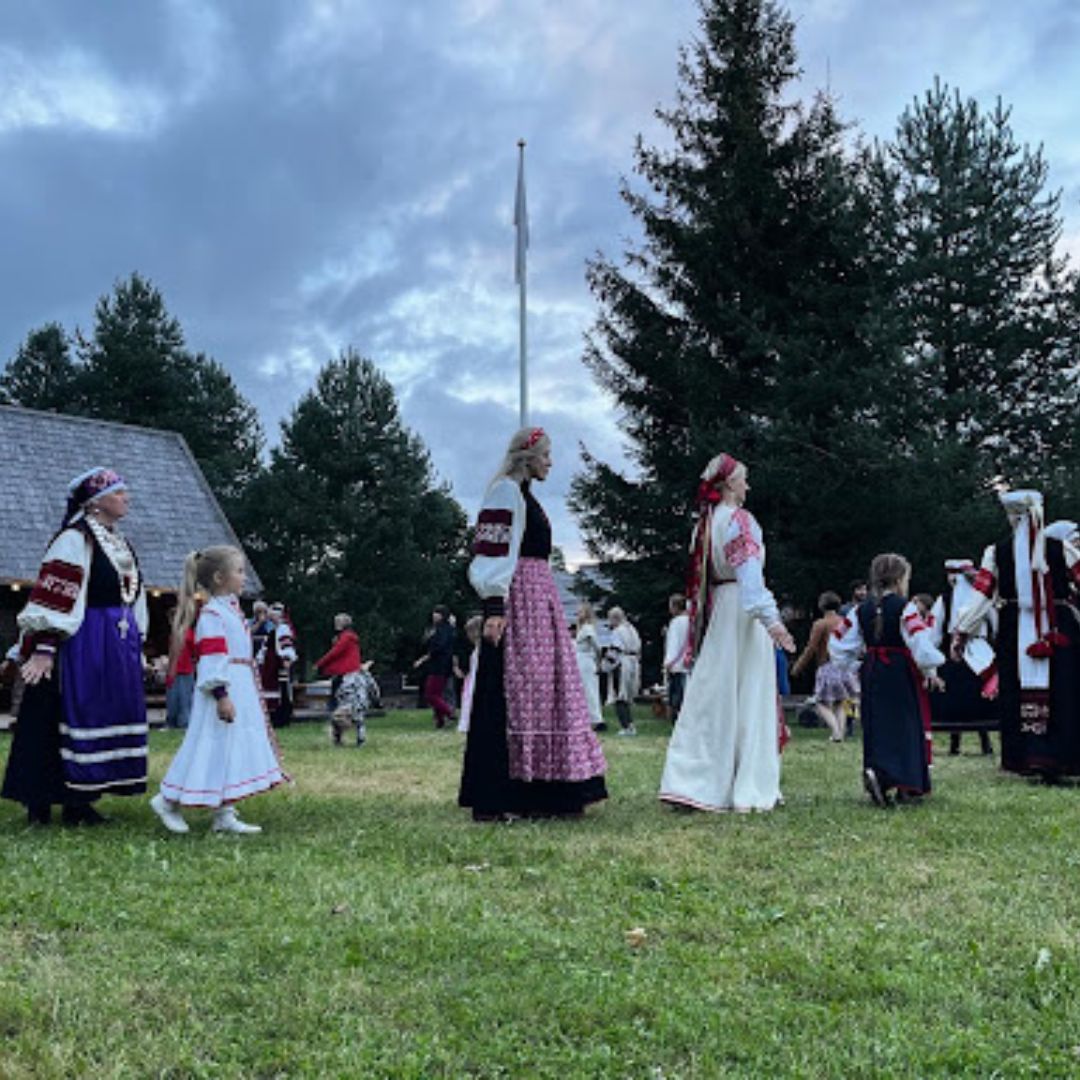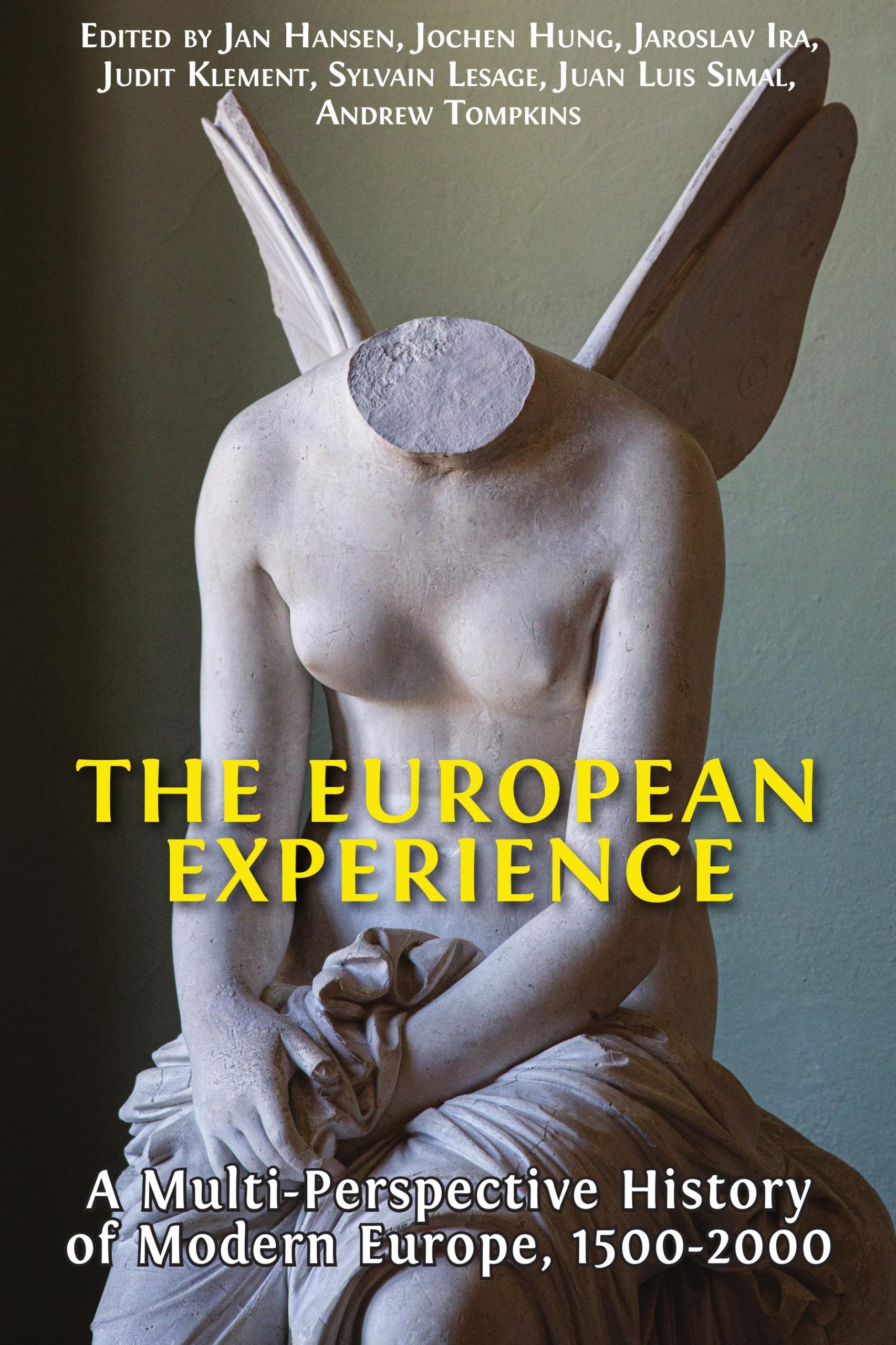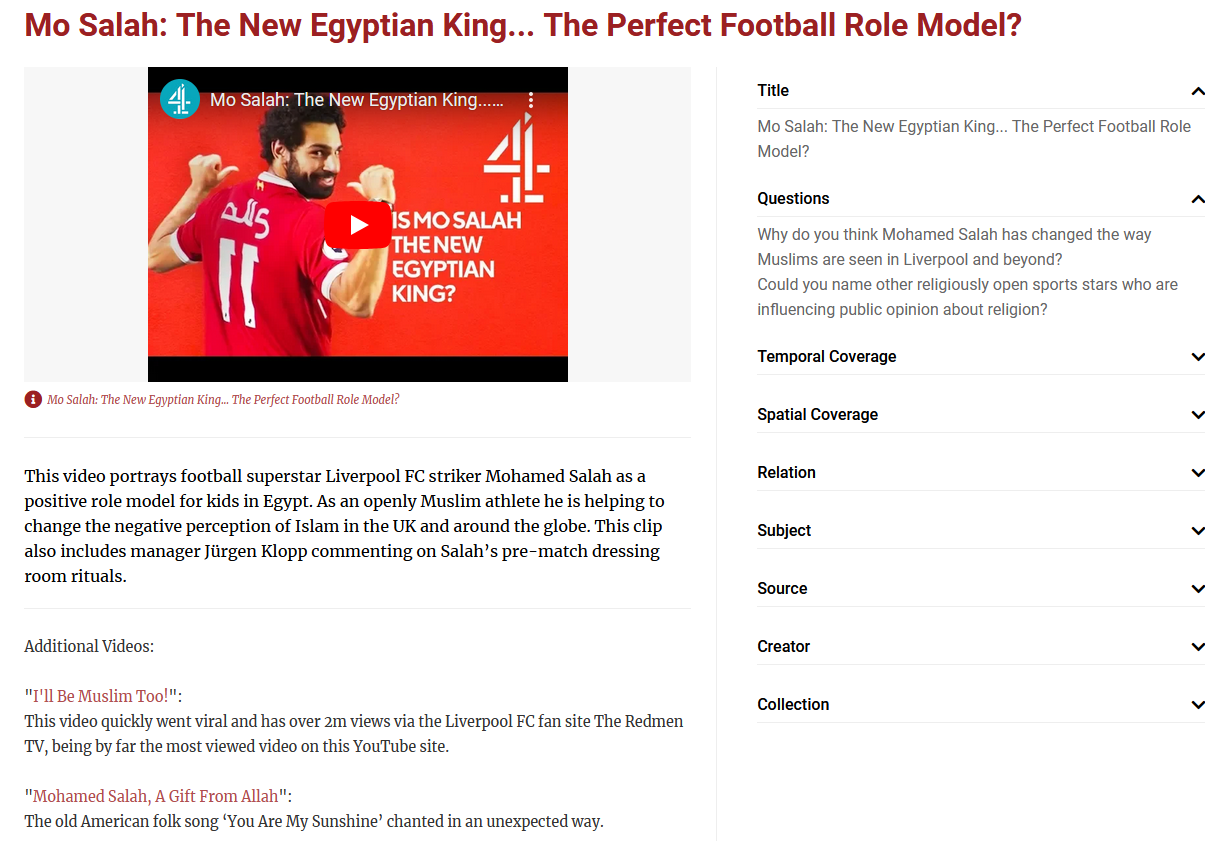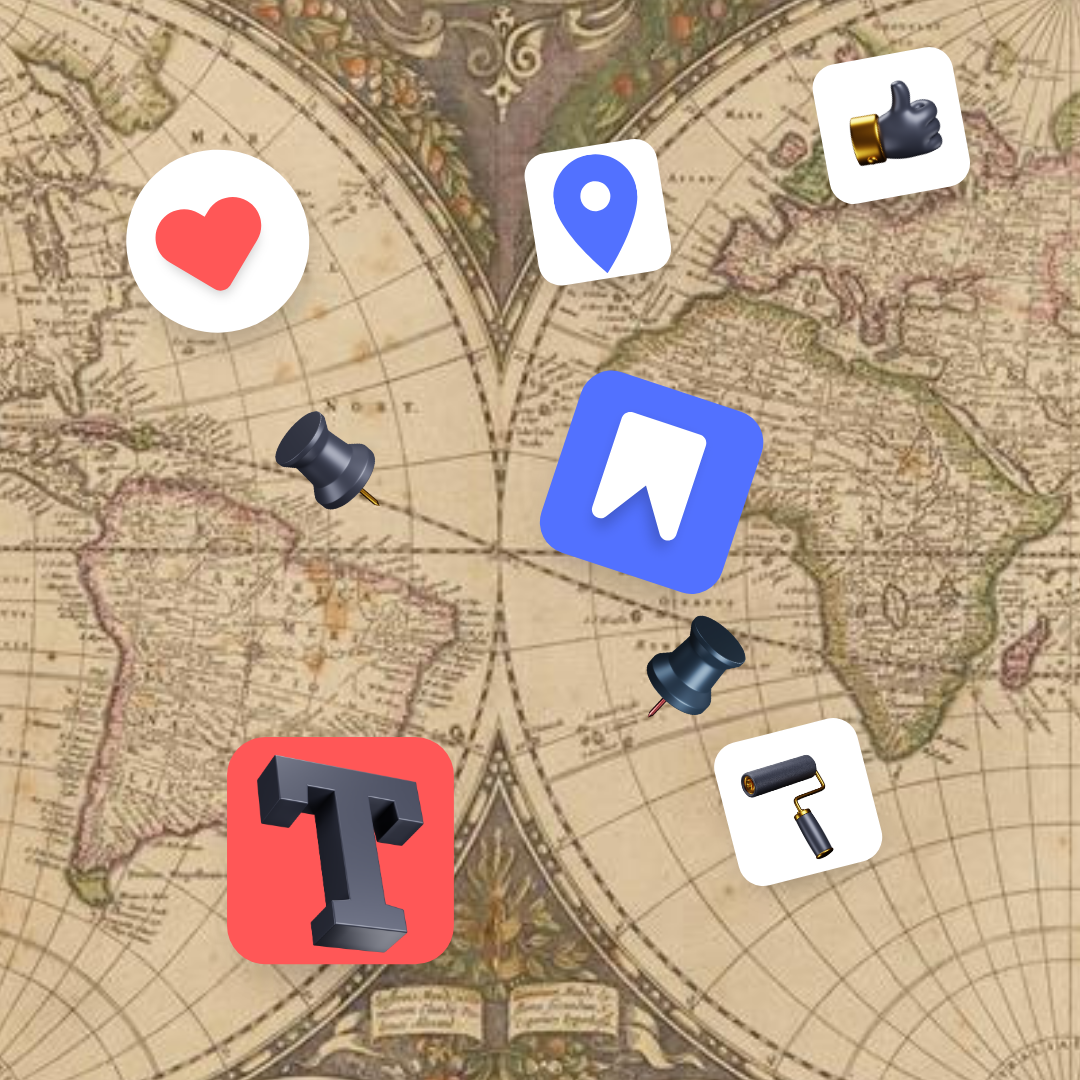Sometimes, pupils might encounter difficulties in understanding the abstract concept of society and their role in it as citizens. Giving students the opportunity to experience positive change in society is one of the most successful ways to help them feeling closer to society, which stops being abstract. The use of action research is, in this sense, one of the most powerful instruments to provide students with this opportunity.
The Practice
The practice is divided in clear-cut steps, which makes it easy to implement and to transfer in various contexts and classrooms.
Step 1. During the first step, the classroom discusses problems which have a negative impact on society. All such problems are brainstormed on the blackboard, and mapped into a concept map.
Step 2. The classroom is divided in groups. Each group selects one of the problems identified, and investigates into additional information on the causes and characteristics of the problem before they meet in the classroom.
Step 3. The problem analysed is introduced to the rest of the classroom by the students. All the problems are discussed.
Step 4. After this discussion, each group develops a positive campaign: a programme which contains their own solutions. The campaign is then shared with the classroom: each member of the group explains his/her role in the development of the proposal and in the implementation of the project.
Each campaign should have the following characteristics:
(1) the objective is to support the cohesion of society and alleviate a specific problem;
(2) the solution offered is realistic, feasible over a given period of time;
(3) the solution contains action points;
(4) the campaign is innovative, original, and creative; and
(5) the campaign is possible to implement within the budget, time that are available and matches the skills set of the team.
Step 5. The project will be presented at a marketplace of ideas with representatives on NGOs, entrepreneurs, parents, representatives of the local government, experts in the field, and representatives of the local community. Some projects are selected by a jury.
Step 6. The projects that are selected by the jury are being implemented.
Step 7. The practice is analysed in the classroom. Students are asked to analyse their projects, mentioning the strengths, weaknesses, possibilities, and dangers connected to them. They are also asked to provide a feedback on what has inspired them throughout the project, answering to the questions “What did I learn? What was successful? What were the problems and how could they be overcome?”.
Obstacles and lessons learned
Throughout the implementation of the project, Mare Oja encountered two separate but complementary obstacles. On the one hand, students’ motivation started to decrease, over the course of the project. This was due to the fact that some students felt overloaded with tasks (some of which were perceived as superfluous or too complicated), to some setbacks in the implementation of their projects, and to a lack of support for the students. To overcome such obstacle, teachers have the possibility to invite inspirational guest speakers, or to promote discussions within the classroom with the aim of increasing students’ motivation, and to ensure that students feel that they can ask for support.
In addition, teachers’ motivation can decrease also. This might be because students do not follow their idea, or because they have not enough time to coordinate this project with other tasks. To overcome this lack of motivation, teachers could ask for support from partner teachers, turning their project in a joint effort, or carry out joint discussions with other partners involved in the project, so as to keep monitored the progress of the project activities.
The effect of the practice
The analysis of society problems, the design of projects to tackle such projects, and their implementation, have a strong effect on students. They result in augmented empathy, and in a renewed belief that a student can, slowly, do something to change society. In addition to this, they develop experience in working in teams, present projects, ideas, and results, and skills relating to the division of workload and to time management.
About the interviewee
Mare Oja has been working at Tallinn University as a lecturer of History Didactics since 2004. She has worked at school as a teacher of History, Civics and Philosophy from 1983 to 2007. From 1993 to 2010 she has worked in the system of the Estonian Ministry of Education as advisor on History and Social Science. She has also been chair and member of the History Teachers’ Association of Estonia.
Background to the project
This practice makes reference to the project ‘strengthening the cohesion of society through civic education”, which was carried out by the University of Tallinn in cooperation with six Estonian teachers from six different schools. In its original implementation, it touched upon a series of topics, such as:
1. School as a multicultural environment;
2. Sensitive topics in history, historical memory, and historical awareness when it comes to Estonian- and Russian- speaking communities;
3. Social exclusion;
4. People with special needs;
5. Societal age gap and the problem of lonely old people;
6. The fact that young and talented people often leave Estonia.
Written by Alice Modena (EuroClio) on the basis of input provided by Mare Oja on 16 September 2018.





